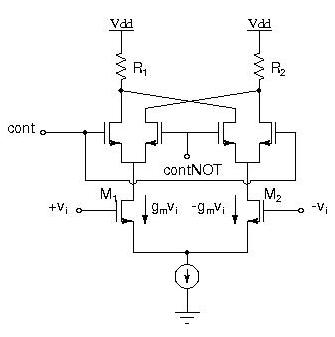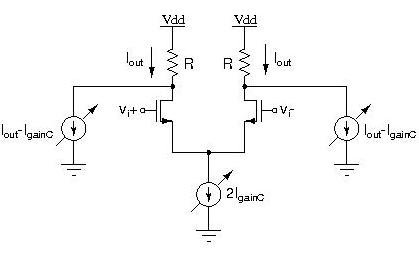katrin
Full Member level 1
I want to design a CMOS current mode VGA, but now I simply don't know how can I start?
I have also tried to read some papers, but it seems like VGA is really a complex circuit, all the papers are talking about they proposed some new topologies. I can hardly understand how can I implement them
Therefore, I am wondering are there any standard VGA schematic for the beginner to follow? or are there any good references?
I have also tried to read some papers, but it seems like VGA is really a complex circuit, all the papers are talking about they proposed some new topologies. I can hardly understand how can I implement them
Therefore, I am wondering are there any standard VGA schematic for the beginner to follow? or are there any good references?

